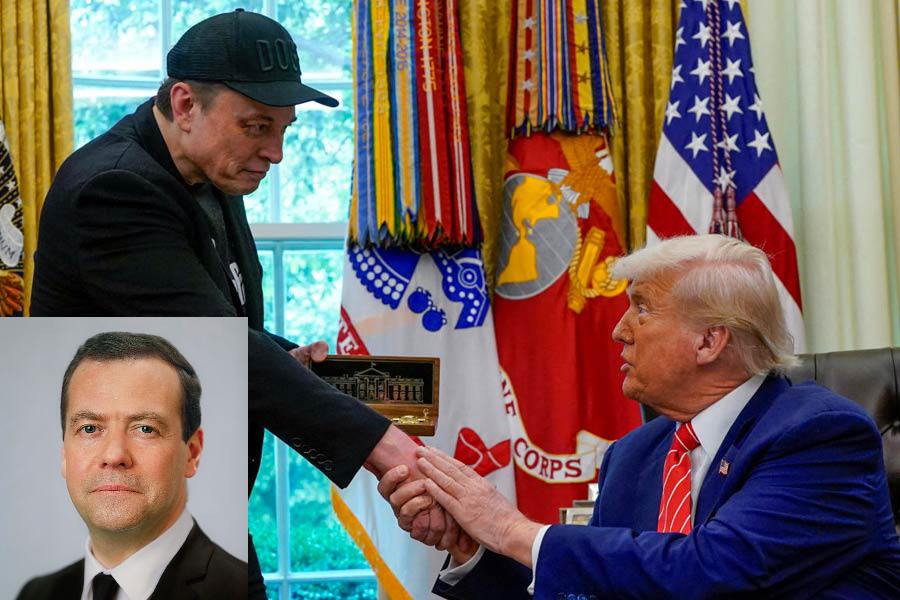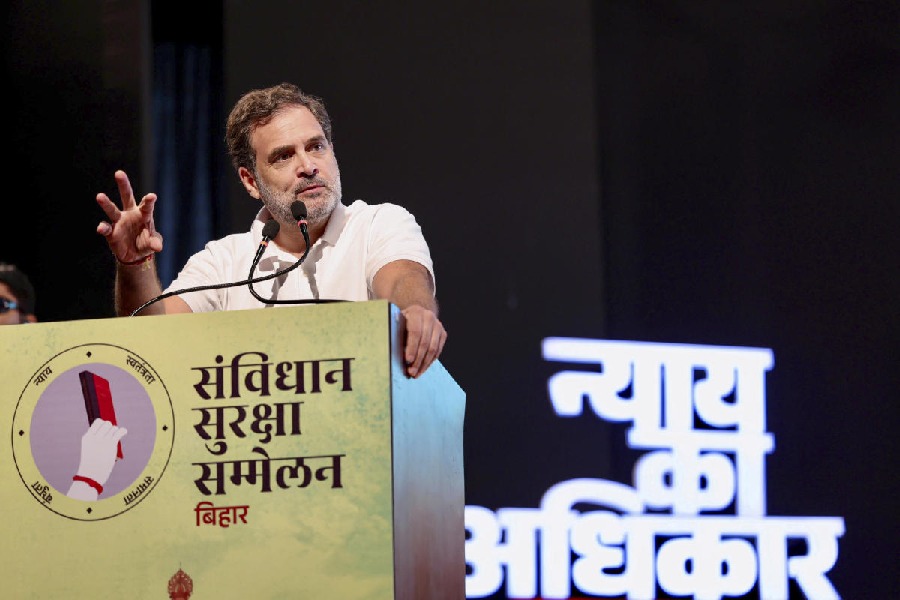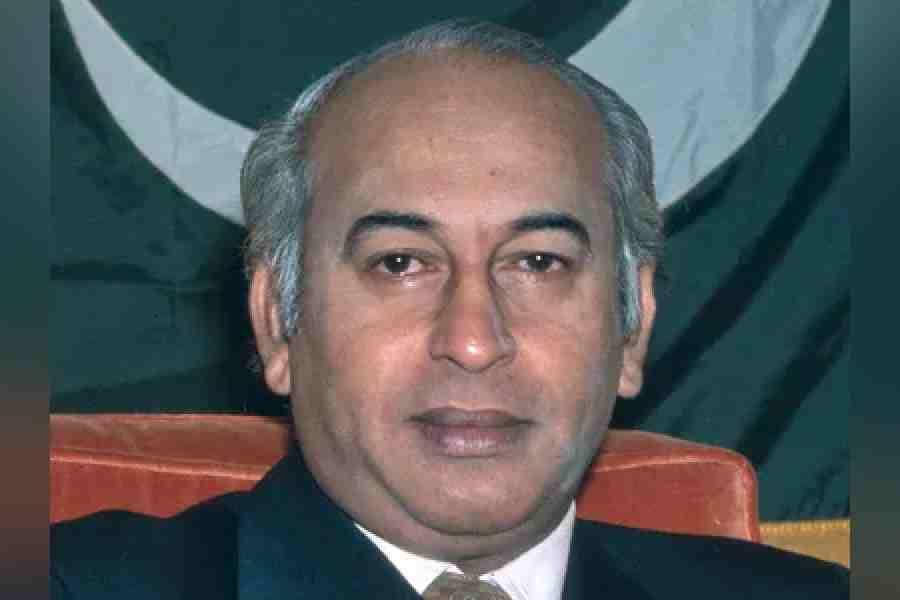
There can hardly be two countries more different from each other than India and Japan. In geography they are distant; in financial and natural resources, demography and homogeneity of population, technology, education and social development, work culture, discipline, ease in speaking English and behavioural patterns, they are poles apart. The Japanese middle class constitutes 80 per cent of its population, the Indian only about 20 per cent. But both are democracies, often with shaky coalition governments. In spite of the deceleration in the Japanese economy over the past few decades, Japan is taking measures under its prime minister, Shinzo Abe, to devalue the yen to make Japan more competitive, and the country is seen as an essential source of finance and technology by India, which in turn is regarded as a large and growing consumer market by Tokyo.
Politically, there is a level playing field, an absence of historic fault lines, freedom from disputes, ideological, cultural or territorial. Each country rates highly with the other's public, although both are rivals for permanent membership of the United Nations security council. Both recognize the potential in bilateral relations and in facing regional challenges together. The first bilateral visit of Narendra Modi outside the subcontinent was to Japan, and he shares Abe's vision of economic revival with a strong injection of nationalism. But a joint vision does not lead to automatic implementation.
The Japanese were among the first to invest in independent India. The momentum built up after 2006, and Japanese companies participated in mega projects like the Delhi Metro and is participating in the Delhi-Mumbai freight and industrial corridor to which Tokyo will contribute $4.5 billion in the first phase. Japan is fourth in the table of investors in India but with only $18 billion, or 7 per cent of the total. India hosts 1209 Japanese companies, a six-fold increase in the past seven years. (In comparison, Japan has 80,000 companies and $300 billion invested in China.) Abe wants to double the investment and number of companies in five years, and to mobilize $35 billion of public and private investment, including official development assistance. In assistance to India, Japan is the biggest donor, with $31 billion up to 2013, but even this reflects neither Japan's potential nor the capacity of India to absorb the funding. Bilateral trade was only $18 billion in 2012-13, about 1 per cent of Japan's total trade, and 2.5 per cent of India's.
So both sides are still to build a strong economic relationship. Like other investors, the Japanese lament the slow progress of Indian reforms in land, labour and infrastructure. Modi is aware of this; he has established a Japan Plus management team in his office in which Japanese corporate organizations are invited to participate. But the message is not backed by method, nor rhetoric by implementation, and this was even worse in under the United Progressive Alliance. As the Toyota chairman remarked diplomatically, India was "very vibrant and yet there was a lot of chaos".
As Modi chose to visit Japan early on, so the defence minister, Manohar Parrikar, chose Japan as the first country to visit in his new post, knowing that under Abe Japan is shedding its self-imposed limitations on collective security and defence collaborations. Although Japan is a regular participant in United States of America-India naval exercises, inertia still holds up the Indian purchase of US-2 amphibian aircraft and civil nuclear cooperation, the latter because India will not go beyond the assurances given to the Nuclear Suppliers Group in 2008.
Not since the Japanese Meiji dynasty has any non-Western power emerged with the potential to change the world order as has China. The American president, Barack Obama, stated about Asia that "no region will do more to shape our long-term economic future", but this is due to China, whose very strength causes lively anxieties because its version of its peaceful rise is not fully accepted. The strategic communities of the US, India and Japan have long been advocating greater partnership among the three democracies plus Australia, and the US, as the non-resident power in Asia, is pressing openly for the other three "to encourage China's rise in a way that encourages regional stability". But this Beijing interprets as unacceptable containment.
During his Japan visit, Modi warned that a mindset of expansionism would not contribute to Asia's welfare, which was taken to be directed at Beijing and its unilateral territorial assertions. There is more talk now of the Indo-Pacific rather than the Asia-Pacific owing to India's strong growth rate, and it is assumed that India will play a part in a strategic system to balance and limit China's rapidly increasing regional weight. But this scenario must be viewed with caution. India plays little or no role in easing tensions in East and Northeast Asia - Taiwan, North Korea, or the island issues in the East and South China Seas - and may not have the resources or inclination to involve itself in the politics of East Asia. There are many contestants apart from China in the seas off the Spratlys and Paracels: Brunei, Indonesia, Malaysia, Philippines, Taiwan and Vietnam.
There may never be a single Indo-Pacific strategic area. India may not challenge China in the Western Pacific nor China challenge India east of Indonesia, and the Pacific and Indian Ocean will continue as discrete strategic systems. China and India are far from each other by sea, and may not contest each other's maritime space and start a rivalry from which they have much to lose and little to gain.
There are concerns about China's growing assertiveness, but countries like both Koreas and Taiwan as well as China, recalling the Japanese atrocities of World War ll, look askance at Japan's breaking loose from its self-denying limitations on defence, and nations in Southeast Asia including Japan have much stronger economic ties with China than with the US.
India and Japan have an unstable security environment; Japan with China and North Korea, India with China and Pakistan. But the Indo-Japan 'Special Strategic and Global Partnership' needs definition; Japan has such relations only with declared allies like the US, Britain and Australia, and Indian interests will differ from the US's, Britain's or Australia's. When India partners them, it is to hedge its bets, but India has major stakes in better relations with China, and will not ignore these to endorse the US's status in East Asia. The four countries have the aim of preventing future Chinese hegemony, but India, in the pursuit of a multi-polar world, would be equally interested in preventing US primacy.
Difficulties with China have nudged India and Japan to look for other options, but the basics look shaky; threat perceptions differ. Japan is an island state and in any conflict would be engaged at sea. India perceives its threats on its land borders, and domestically it is hard to see India fulfilling commitments to help Japan in any conflict with China that would inevitably incur massive Chinese retaliation. So Japan and India each coming to the other's assistance would be more complicated than complementary.
Much is made of the freedom of the sea sanctified by the UN Convention on the Law of the Sea - which the US has never ratified - but the threat is hugely exaggerated. Freedom of navigation has never been interdicted except in war or as a prelude to war, and everyone's economy is equally vulnerable to embargoes which are the result, but not the cause, of strategic rivalry. Besides, maritime power is increasingly vulnerable to new sophisticated missile systems capable of searching and sinking vessels far from coastlines. This applies to the Chinese in the Indian Ocean as much as to the Indian navy in the seas off China.
In spite of all the good intentions, both India and Japan are still toying with the potential rather than the actual. According to a recent Pew survey, Japan tops the favourites' listing in Asia, followed by China, India and South Korea, and a BBC poll in 2013 revealed a 42 per cent positive reaction in Japan about India. But neither country enjoys any effective soft power in the other. India and Japan remain the ultimate odd couple; the former with admiration without emulation, the latter with frustration without remedy. India is underperforming and has to create the necessary incentives for enhanced Japanese engagement. Japan has to adjust its hi-tech exports to India's low-cost consumer market. Until the Modi-Abe agenda for the future is operationalized, the India-Japan relationship will continue to remain below the radar.
The author is a former foreign secretary of India










